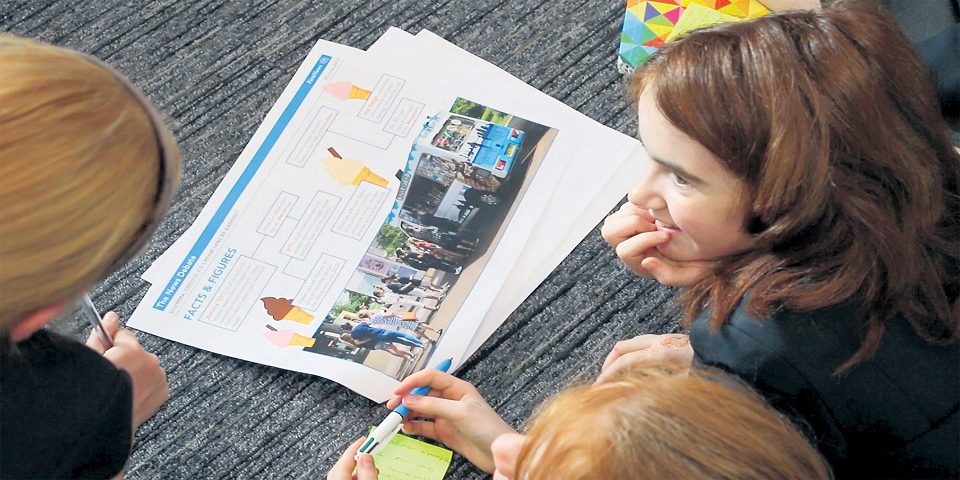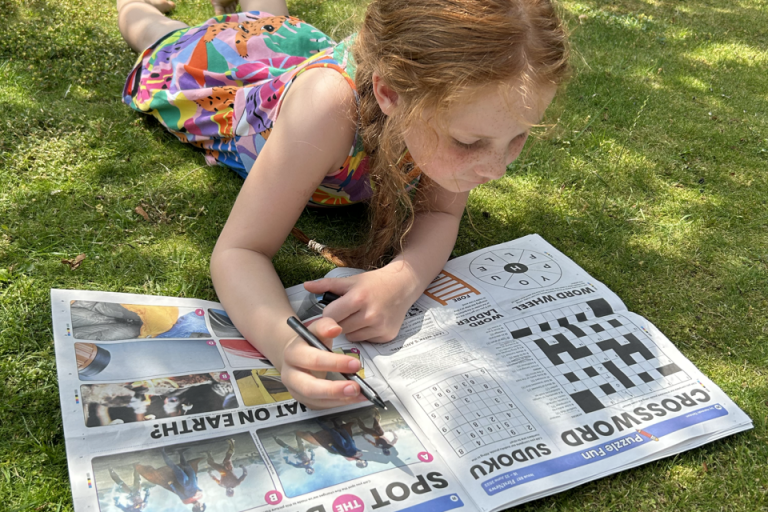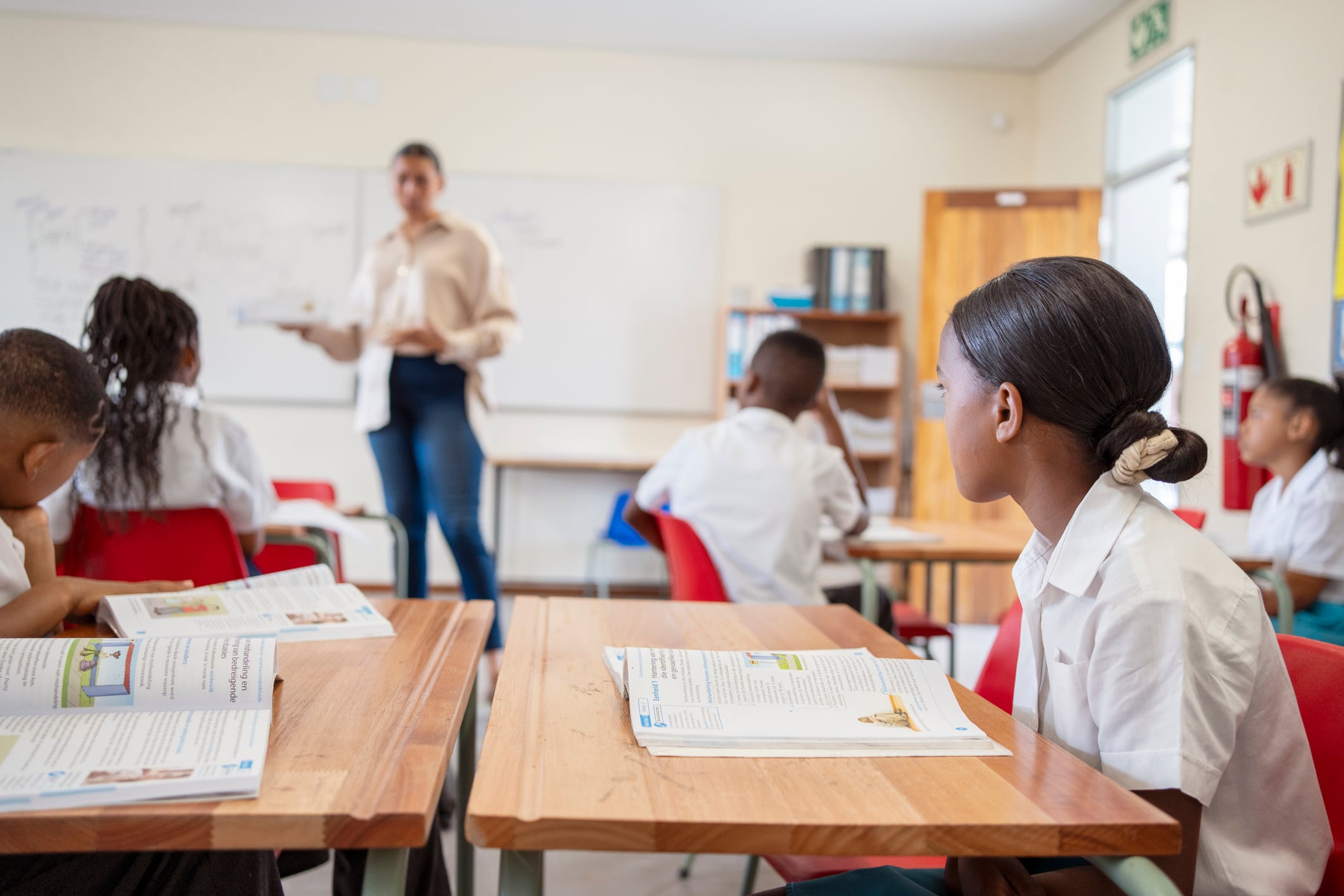10 Ways to Develop a News Reading Community in the Classroom
Get Involved
By John Dabell, Chief Reviewer for Teach Primary and Teach Secondary Magazines
It’s important that new reading networks and relationships are cultivated so that children experience reading in different ways. This is especially important for drawing in reluctant, disinterested and disengaged readers. A Reading for Pleasure (RfP) agenda can be developed effectively through the creation of a news reading community.
12th February 2020

Engaging with a range of news features helps children to become ‘news readers’. As children find news that interests them this can help change their perceptions of their abilities as readers and improve their self-confidence.
When reading about the news is habitualised within a class and made the norm then children’s talk and discussions about the world around them becomes spontaneous, informed and extended. Being ‘news readers’ adds another layer to their reading identities.
10 Ways To Make A New Splash
When the news is given a high profile and real-time and relevant news is weaved into the culture and curricula of a school then children can splash around in it on a daily basis.
When children know they are part of a reading community then this fosters a sense of belonging and mutual commitment as well as increased interaction.
1. News Reading Partners
RfP is strongly influenced by relationships between teachers, children and their families and so building a reciprocal reading community is important.
All children need a reading buddy or news buddy – somebody who shows interest in them as a reader and who shares their own reading life and interests.
Pairing newspapers and digital news with the mentorship of a caring, supportive adult is a key strategy and so inviting adults in the local community to volunteer and share some of their time to read and share news together with individuals or small groups can help drive news engagement.
When a child reads the news alongside an adult, there are plenty of opportunities for that adult to model and support critical thinking and reading between the lines.
2. News Club
Children need opportunities to share news items with each other and a news club provides a platform to express themselves. This is the place that children can read and respond to the news and voice their opinions, their ideas, and their ideals. This could double as a debating club where children learn how to reason, argue and discuss and explore professional ways to reply to each other.
Children can actively make and create their own newsletters and newspapers and learn how to write and convey their thoughts, ideas, and impressions. They can learn the value of research, accurate reporting and create spoof features to highlight the dangers of misinformation and fake news.
A news club gives children the opportunities to try their hand at different skills such as writing, editing, designing and photography. Focus on reporting about real issues that affect the school community by asking “What are children talking about?”
3. News Café
One way to build children’s reading identities as news readers is to hold a News Café. This is a dedicated news session where children focus on a news items and improve their Café key skills: Comprehension, Accuracy, Fluency and Expand Vocabulary.
This gives children opportunities to improve their knowledge and understanding, spot fake news, improve their reading and build their word power.
4. Social Media
One way to involve the wider community is to invite family and friends to share what they are reading using Twitter. You can create a simple hashtag such as #startspreadingthenews and invite people to post a photo of themselves with a newspaper or a news resource they are reading and then post it to the school Twitter page.
This could include a short quote about what news they are reading. Children love seeing photos of their family members reading and with all the photos collected this is sure to attract plenty of discussion about the news being read.
5. News Champion
Every school needs someone to blow the trumpet for news and media literacy and to keep making noise throughout the year. Without effective coordination, children in one class might not get a fair deal compared to those in another but a news champion can support colleagues across the school with ideas, tips and advice for keeping the news on the map.
6. News Monitors
Asking children to be news monitors gives them responsibility and a sense of pride. They can help to source news features and be in charge of the News Board in class or a news display in the school. For example, they could compare how different papers, magazines and websites treat the news differently.
7. News Hound
For younger children you can ask them to take home a ‘News Hound’ (a cuddly toy dog) at a weekend where the child chooses a news feature and reads it to News Hound and discusses it with an adult. They then share with the rest of the class what it is they have read with News Hound and discuss together.
Children take turns to take News Hound home and this could be combined with asking children to write in a News Hound Journal so week by week it builds into an impressive collection of news experiences. They can also take a photo or draw a picture of News Hound with the news.
8. News Match
A great way to get children immersed in the news is to play News Match. Cut up headlines, stories and photos and place them into three separate piles. Then mix them up and challenge groups of children to see who can correctly match them in the shortest amount of time.
9. News Rap
Challenge children to compose a rap or a song about important and memorable events from the past week. Could they get creative and combine news stories?
10. D.E.A.R the news
Make time for regular news reading. When children Drop Everything And Read (DEAR) then they can forget their normal tasks and immerse themselves in First News and explore what interests them.
The whole school could have a set time in the school day where children read the news to themselves or an adult.
And finally….
To create a schoolwide ‘buzz’ about Reading for Pleasure and news reading takes time but can be achieved by setting up some simple initiatives that don’t have to cost a penny.
Reading the news and building a community of news hounds arouses curiosity, builds thinking skills, stimulates learning and keeps children engaged in the world and their place in it.
Helpful Resources:
- News Reviewer Speaking Frame
- What’s on the Fron Page of a Newspaper
- Features of a Newspaper Report
- News terminology cards
- Newspaper section cards
- Section sleuths – an activity to help children learn the sections of a newspaper
Interested in First News?
First News reaches millions of young readers every week, at home and at school. Our age-appropriate news stories and activities spark curiosity, build media and information literacy skills and empower children with the tools to navigate the world.



